Filosofia
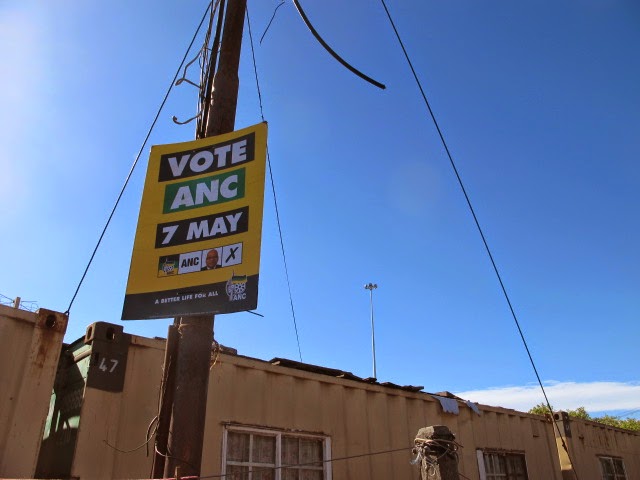
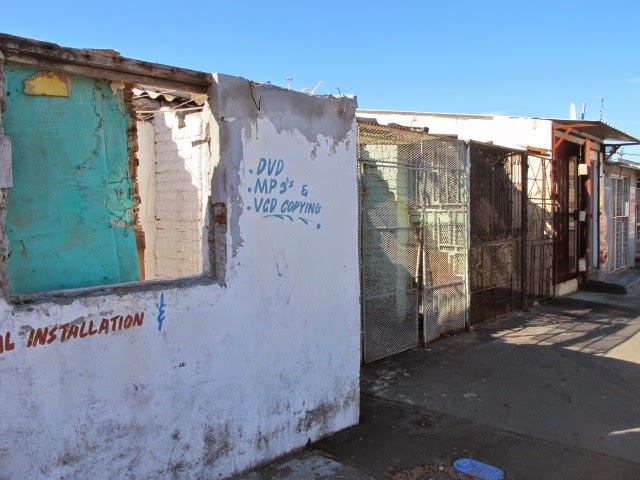
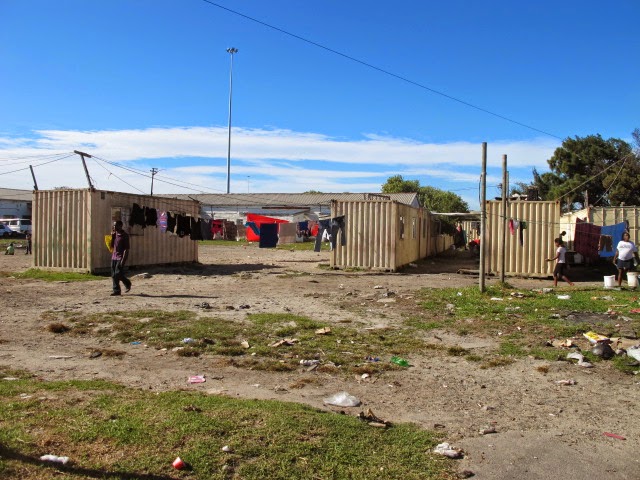
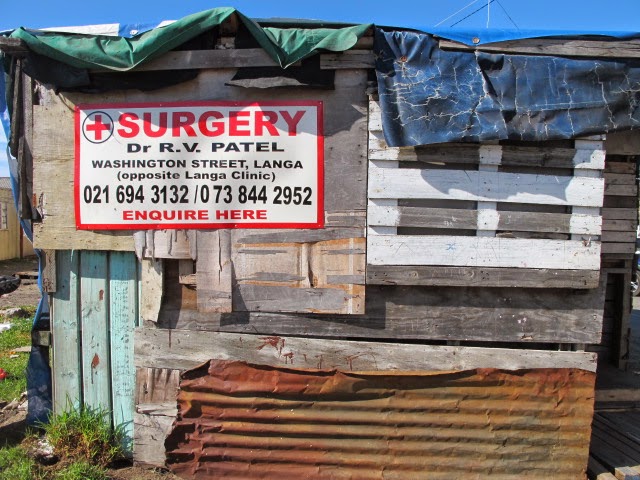
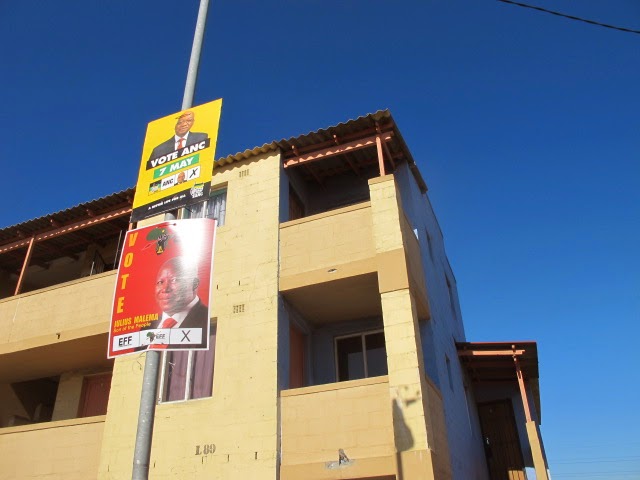


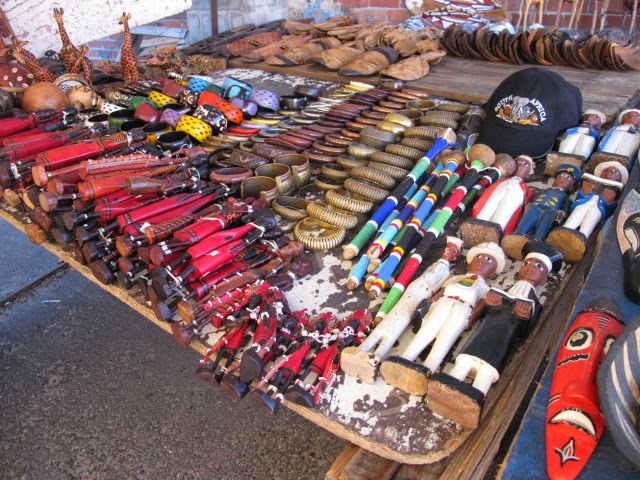
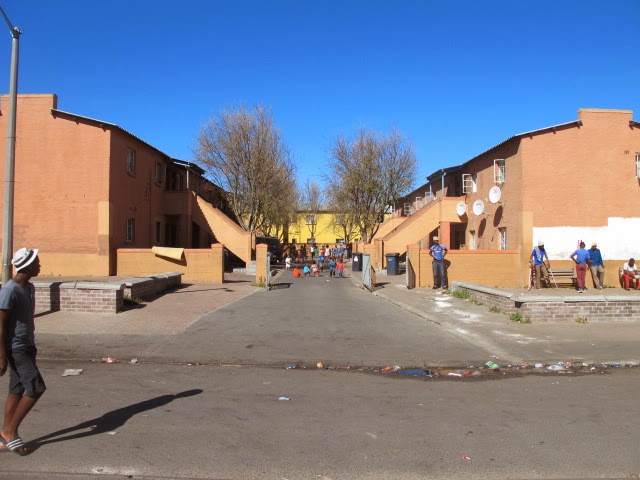
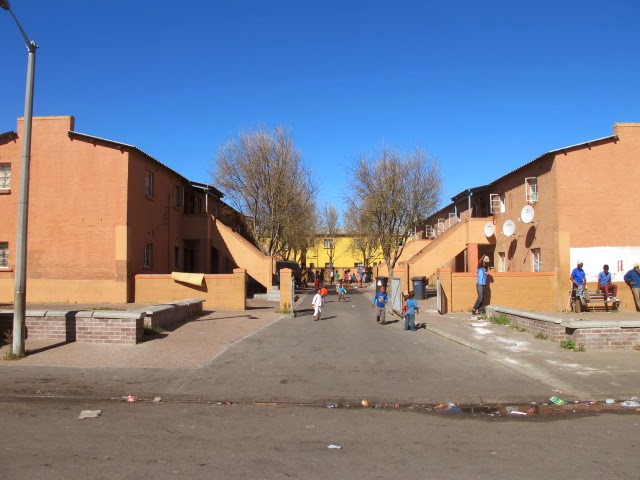
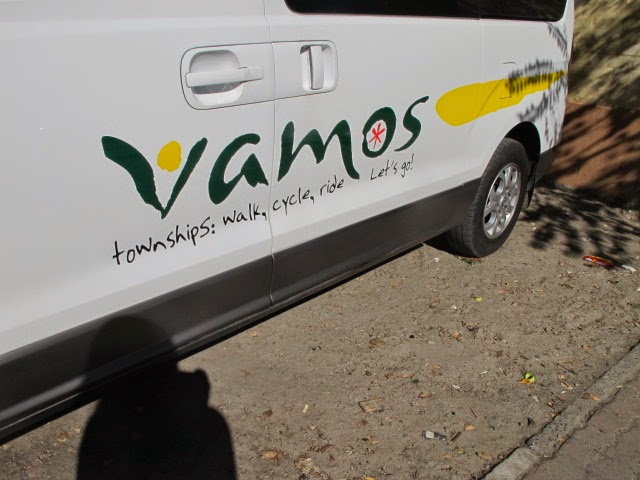
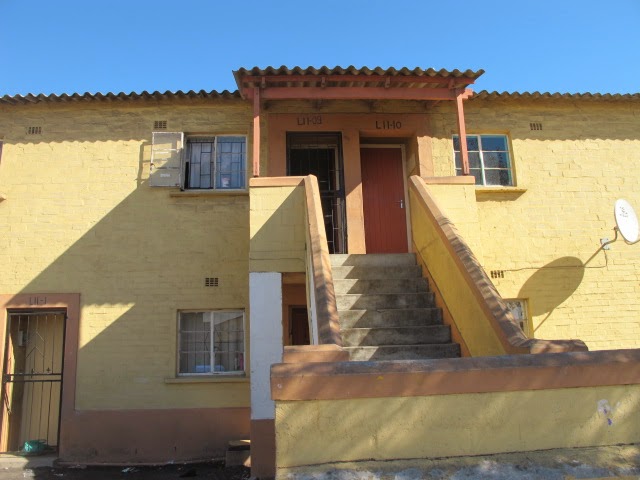
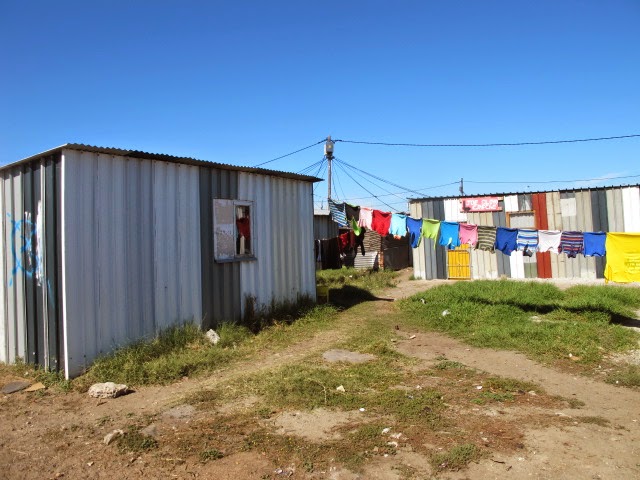
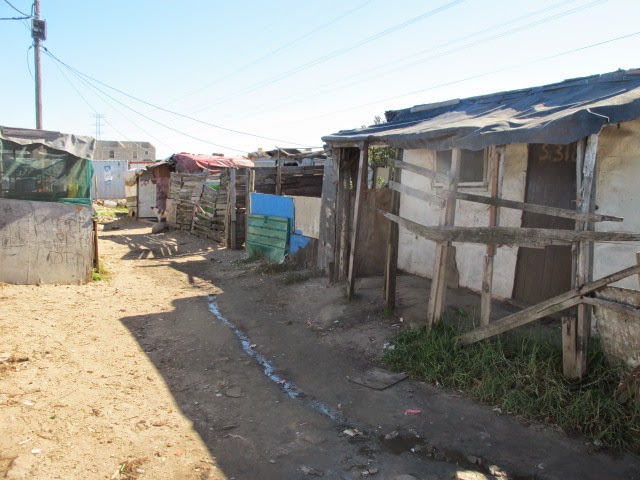
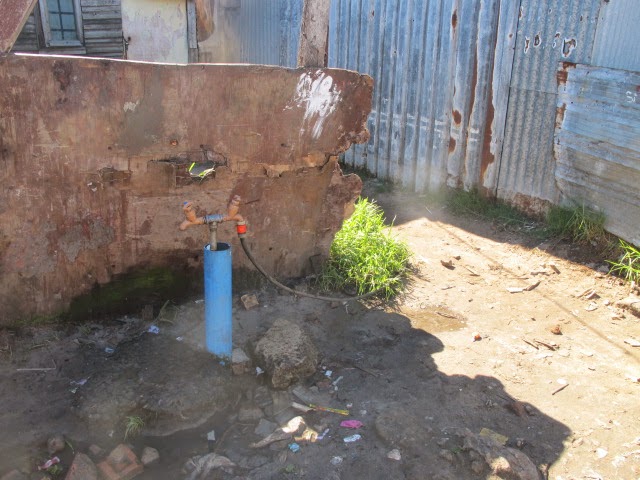
- Escape To The Cape - Part 10: Ballet & Theatre, "spartacus Of Africa" & "born In The Rsa"
Querida Sofia, Ficar várias semanas na Cidade do Cabo permitiu-me poder fazer algumas coisas menos turísticas e um pouco mais culturais que o costume, como costumo fazer em Paris ou Nova Iorque. No final da primeira semana, fomos ao Artscape,...
- Escape To The Cape - Part 2 (c): Arts And Crafts @ Guga S'thebe Arts And Cultural Centre In Langa
As fotos deste post foram tiradas com uma Canon G11Querida Sofia, Última parte no centro cultural Guga S´Thebe, depois da cerâmica e da música: o artesanato. À saída do centro, temos vários jovens a expor o seu artesanato. Há de tudo: quadros...
- Escape To The Cape - Part 2 (b): Drumming Session @ Guga S'thebe Arts And Cultural Centre In Langa
As fotos deste post foram tiradas com uma Canon G11 Querida Sofia, Continuamos no Township de Langa, ainda no centro Guga S’Thebe. Depois do momento “Cerâmica”, tivemos uma sessão músical, com batucada e marimbada. Acho que já tinha tocado num...
- Escape To The Cape.
Querida Sofia, Depois de anos a massacrar-te, a dizer que Cape Town era a cidade mais linda do (meu) mundo, tive de voltar e aqui estou nos últimos dias. A beber, a observar, fotografar, amar, apaixonar-me, comer, pensar, viver. Já volto, com milhares...
- In A Mandela-less World
Nelson Mandela, 1961 - by Eli WeinbergQuerida Sofia, Há alguns meses, disse a alguém que por vezes acordava em pânico, à procura do meu telefone para ver na internet se o Nelson Mandela ainda estava vivo ou se lhe tinha acontecido algo. Ia à...
Filosofia
Escape to the Cape - Part 3: The Real Face of Langa, a South African Township
Todas as fotos desta carta foram tiradas com Canon G11
Querida Sofia,
Querida Sofia,
Saímos do centro cultural Guga S’Thebe (depois de ver a sua cerâmica, sala de música e dança e artesanato) e fomos dar um passeio por Langa com a nossa guia, a Sugar.
Os townships foram concebidos na era do Apartheid para retirar as populações negras do centro da cidade. Estas eram realocadas aos townships para viver, mas podiam continuar a trabalhar na cidade, onde existiam os postos de trabalho. Ficavam descentrados para não “poluírem” a cidade. Hoje em dia, as pessoas negras podem viver onde quiserem na cidade, consoante as suas possibilidades: tanto no township como no centro. Mas como a Sugar nos explicou, muita gente, por mais condições financeiras que tenha, ainda não se sente muito à vontade para morar no centro. Já têm as suas raízes, costumes e amigos dentro do Township. Procuram uma casa melhor, com melhores condições, mas preferem continuar por lá. E acontece também o caminho inverso: uma pessoa branca é livre de viver num township. E será bem recebida. Mas pode sentir-se descentrada, pois os costumes dos townships estão mais ligados às populações negras.
Este foi o passeio mais elucidativo de toda a viagem, pontuado por milhares de perguntas, histórias e momentos de silêncio tão prendidos de uma tremenda emoção e ao mesmo tempo, privilégio por poder estar ali. As pessoas de Langa já devem estar mais do que habituadas a turistas, pois ninguém me interpelou por ter uma máquina na mão. As crianças faziam-nos adeus quando passavam por nós, e uma menina até se colou à minha perna durante uns cinco minutos, a pedir-me algo em Xhosa (uma das línguas nacionais da África do Sul), mas eu não compreendo Xhosa e nunca vou saber o que aquela linda miniatura de gente queria comigo. A Sugar explicou que por eu ser diferente – apesar de negra, não sou uma negra típica para eles – as crianças ficavam um pouco fascinadas.
As pequenas casas individuais, desenhadas para pessoas individuais ou apenas uma família, muitas vezes albergavam mais de três famílias. Um dos momentos mais fortes foi quando entramos num apartamento. Uma sala comum, uma casa de banho comum e três quartos. E dentro desse apartamento, viviam 9 famílias. NOVE FAMÍLIAS. Em três quartos. Aceitaram que entrássemos nos quartos, mas não fotografei em detalhe por respeito. Camas esguias, fogões, roupa, tudo concebido na medida das possibilidades de cada família e também no âmbito de conseguirem partilhar aqueles quartos minúsculos entre várias pessoas. A promiscuidade e falta de privacidade são de cortar a respiração. Incrível como as pessoas têm de viver até hoje.
Apesar de terem água corrente e electricidade (não temos nada disso nos nossos musseques em Angola), as pessoas vivem em condições degradantes. Estas famílias pagam uma renda mensal de 20 Rands para viver nestas condições. Nota: R20 = 2 dólares = 200 Kwanzas.
Mas as coisas tendem a mudar: estão a construir mais casas para realocar as pessoas. Para estas poderem ter casas próprias. Aos poucos, as coisas melhoram. Não são perfeitas, mas melhoram. Vimos algumas dessas novas casas em construção. Fiquei impressionada pelo facto de serem sul-Africanos nas obras: em Angola, vêm-se poucos angolanos nas obras, os chineses são mão-de-obra predominante.
Cruzamos também com um Angolano, o Souza (conhecido como Sozito) que têm o seu restaurante. Disse-nos que nunca mais voltou para Angola e sinceramente, pelo sotaque, ele já era mais sul-Africano do que outra coisa qualquer. Para finalizar, conhecemos também os bairros de lata logo ao lado das casas mais nobres e bem apetrechadas de Langa. Apesar de ser uma comunidade, a disparidade faz-se sentir.
Espero, sinceramente, que as coisas mudem favoravelmente nos townships: que se construam cada vez mais casas de verdade e cada vez menos bairros de lata. E se é o que desejo para a África do Sul, é também o que desejo para Angola, MAS não falemos de politica nacional agora.
| Três famílias dormem neste quarto pequeno - Three families share this tiny room |
Todas as fotos após a tradução.
All the pictures in this post were taken with a Canon G11
Dear Sophie,
Dear Sophie,
We left Guga S’Thebe Arts & Cultural Centre (after we had gone through the pottery and handicraft exhibitions and visited the music and dance room) and we went for a walk through Langa with our guide, Sugar.
Townships were designed during the Apartheid Era to remove black people from the city centre. These people were forced to live in these segregated areas, but they could still work in the city, where all the jobs were. Townships were built on the periphery, so that its inhabitants wouldn’t “pollute” the city. Nowadays, black people can live wherever they want in the city, depending on their financial situation – either in the townships or in the city centre. But we learnt from Sugar that, however wealthy, a lot of people still aren’t completely comfortable with the idea of living in the centre. They have their roots, their habits and their friends in the townships. They look for better houses, with better living conditions, but they prefer to remain there. The opposite is also true: a white person can choose to live in a township, and will be welcomed there, although he/she might feel out of place, since the township’s traditions are more connected to black people.
This was the most enriching walk of the whole trip. It was filled with questions, stories and periods of silence, which translated both the emotion and the privilege of being able to be there. The people of Langa are probably more than acquainted with tourists, as none of them told me off for having a camera with me. Children waved good bye as we walked by, and this one girl clung to my leg for a good five minutes, asking me something in Xhosa (one of the official languages of South Africa), but, as I don’t speak Xhosa, I will never know what that cute little thing wanted from me. Sugar explained that, since I look different – even though I’m black, I’m not the typical black they are used to seeing – children were somewhat fascinated.
The small individual houses, originally designed for only one family, were often home for more than three. One of the strongest moments was our visit to a flat with a common living room, a bathroom and three bedrooms. There were nine families living there. NINE FAMILIES. In three bedrooms. They let us in the rooms, but I didn’t take any pictures out of respect. Narrow beds, ovens, clothes, all arranged according to each family’s situation and keeping in mind that those tiny rooms have to be shared with several people. The promiscuity and lack of privacy were breathtaking. It is unbelievable that some people still have to live like that nowadays.
Even though they have running water and electricity (we have none of that in our musseques in Angola), people live in deplorable conditions. These families pay a monthly 20 rand rent to live in such degrading conditions (R20 = 2 dollars = 200 kwanzas).
But things are beginning to change: they are building more houses to accommodate these people, so they can have their own homes. Slowly, things are getting better. They’re not perfect, but they’re getting better. We saw some of those new houses being built. I was surprised at the fact that the workers were South African: in Angola, we don’t see a lot of natives in construction sites; most of the workers are Chinese.
We also met an Angolan man, Souza (also known as Sozito), who has a restaurant there. He told us he had never gone back to Angola ever since he got there and, to tell you the truth, judging by his accent, he was already more South African than Angolan. To end the day, we also met the shanty towns right next to the most wealthy houses of Langa. Although we’re talking about a community, the differences within it are very strong.
I honestly hope that the situation in townships changes for the better: that more and more houses are built and that there are less and less shanty towns. And I want this to happen both in South Africa and in Angola. But let’s not talk about national politics right now.
Post translated to English by Teresa Miguéns Cardoso - teresagmcardoso (at) gmail (dot) com
Lê mais sobre Cape Town aqui - Know more about Cape Town here
| Arts and Culture Centre - Guga S'Thebe in Langa |
| Sozito, a restaurant managed by an Angolan man - Sozito, o restaurante de um Angolano |
| Sugar, our Langa guide - Sugar, a nossa guia em Langa |
| Appeals to vote - Cartazes eleitorais |
| Sheep's head for sale - it's a local delicatessen Cabeças de cabrito à venda, uma iguaria local |
| Apartments made for single people, where families had to live in - Originalmente concebido para pessoas solteiras, famílias inteiras moram nestes apartamentos |
| We were invited to get inside this house. The door is permanently open. Fomos convidados a entrar nesta casa. A porta está sempre aberta. |
| The Kitchen - A cozinha |
| Six families share this kitchen. Seis famílias partilham esta cozinha. |
| Uma pequena feira no township - A small permanent handicraft stand in the township |
| A radio, powered with batteries, made with cans and bottles: it was working! - Um radio a pilhas, feito com caricas e latas. Estava a funcionar! |
| Kids playing freely - Crianças a brincar livremente |
| Langa's richest side: with big houses and proper fences - O lado mais nobre de Langa, com casas grandes e cercas. |
| Table Mountain (and Cape Town) in the horizon - A Table Mountain e Cape Town no horizonte |
| New houses being built. They will be delivered end of May 2014. Novas casas em construção. Serão entregues no final de Maio de 2014. |
| Public toilets - WC públicos |
| T-shirts with Langa's Postal Code 7455 - T-shirts com a caixa postal de Langa |
loading...
- Escape To The Cape - Part 10: Ballet & Theatre, "spartacus Of Africa" & "born In The Rsa"
Querida Sofia, Ficar várias semanas na Cidade do Cabo permitiu-me poder fazer algumas coisas menos turísticas e um pouco mais culturais que o costume, como costumo fazer em Paris ou Nova Iorque. No final da primeira semana, fomos ao Artscape,...
- Escape To The Cape - Part 2 (c): Arts And Crafts @ Guga S'thebe Arts And Cultural Centre In Langa
As fotos deste post foram tiradas com uma Canon G11Querida Sofia, Última parte no centro cultural Guga S´Thebe, depois da cerâmica e da música: o artesanato. À saída do centro, temos vários jovens a expor o seu artesanato. Há de tudo: quadros...
- Escape To The Cape - Part 2 (b): Drumming Session @ Guga S'thebe Arts And Cultural Centre In Langa
As fotos deste post foram tiradas com uma Canon G11 Querida Sofia, Continuamos no Township de Langa, ainda no centro Guga S’Thebe. Depois do momento “Cerâmica”, tivemos uma sessão músical, com batucada e marimbada. Acho que já tinha tocado num...
- Escape To The Cape.
Querida Sofia, Depois de anos a massacrar-te, a dizer que Cape Town era a cidade mais linda do (meu) mundo, tive de voltar e aqui estou nos últimos dias. A beber, a observar, fotografar, amar, apaixonar-me, comer, pensar, viver. Já volto, com milhares...
- In A Mandela-less World
Nelson Mandela, 1961 - by Eli WeinbergQuerida Sofia, Há alguns meses, disse a alguém que por vezes acordava em pânico, à procura do meu telefone para ver na internet se o Nelson Mandela ainda estava vivo ou se lhe tinha acontecido algo. Ia à...
